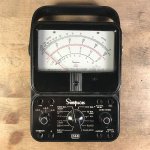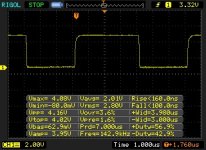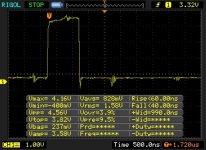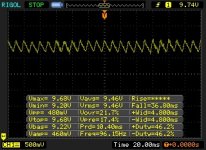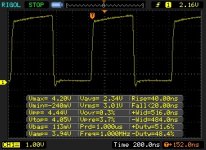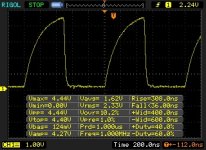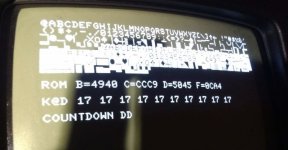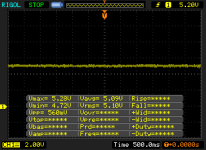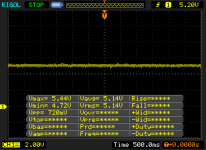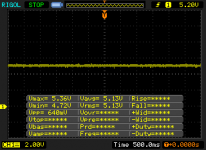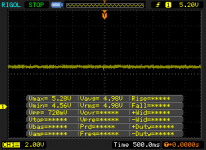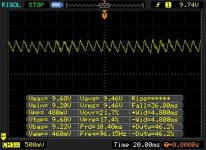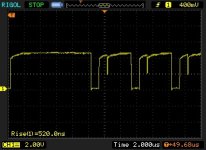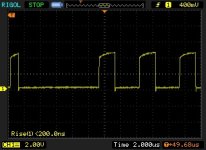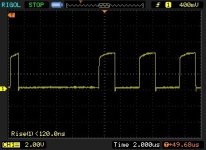Dwight Elvey
Veteran Member
His Dwight,
Excellent tutorial. I forgot that simple voltmeters only rectify AC signals to drive the meter movement. On my VOM there is an 'Out' jack in addition to the '+' and '-' jacks. Does that jack insert a capacitor in the circuit? Can that be used to remove DC bias voltage?
I've not see such, that I remember, on a VOM. It is much easier to just get a capacitor. They are not all to uncommon. I'd send you one but it isn't worth the postage.
Dwight

